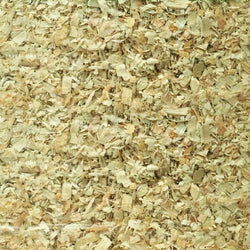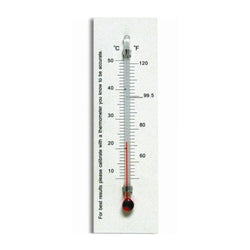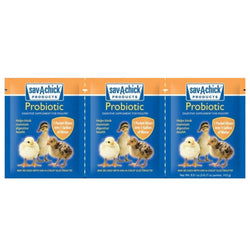Growing Fodder for chickens
Back to blog
It’s that time of year when your luscious green grass is nowhere to be seen! Growing fodder for your chickens is a great way to offer fresh greens to your flock during the cold weather months. It's similar to growing sprouts for human consumption and is relatively simple and quick to do! It only takes 6 days for the nutritional benefits to max out. This can fun project for kids, too, because the fodder progression is so quick!
What type of grains can be used for sprouting fodder?
There are different grains you can use for sprouting fodder. The most popular ones are:
1. Green Feast Forage Mix: This multi-grain formula contains ryegrass, barley, cereal wheat, and winter peas which provides a winter gourmet feast for your flock!
2. Barley: (Easiest to sprout) If you use barley for your fodder make sure that it is UNhulled. ‘Unhulled’ barley simply means that the hull (husk) is still intact and whole. It still has the germ which in turn will germinate, allowing it to grow and sprout. ‘Hulled’ or pearled barley will NOT sprout.
3. Whole Wheat: There are different varieties of wheat berries to purchase, including Hard Red Spring/Winter, Hard White and Soft White. Don’t let all the varieties scare you! They all work the same for fodder.
4. Whole Oats: Whole oats are the cheapest usually, yet the hardest to grow. Oats tend to have a lower yield in the end and less nutritional value than barley and wheat. However, if you prefer to experiment with the oats make sure they are WHOLE oats and not rolled.
What do I Grow Chicken Fodder in?
All you need to start your sprouts is the grain of your choice, a sprouting tray and water! That’s it! No need for any dirt.
You can purchase many sprouting trays, but if you want to go the inexpensive route, you can make your own. You can use anything that is about 2 inches deep. Don’t forget to allow good drainage and airflow to prevent molding. Poking small holes is a must. You don’t want them to sit in any water. It’s also a good idea to put a drain tray under the sprout trays to catch the water during rinsing time.
We have found the most convenient option is the stacked drawer system. We have used a plastic drawer storage bin that you can purchase at any store. Cut a hole in the top to allow ample air flow, poke holes in the drawer for drainage and leave the bottom as is for the drain tray. With using the drawers you can to start the sprouts at different days, allowing you to rotate the drawers.
Instructions for sprouting fodder
So now that you have a fodder system in place, let’s get to sprouting!
1. Take the grain of your choice and soak them in a bowl overnight. Usually about 12-24 hours is sufficient, but no more.
2. Once they have soaked be sure to drain them thoroughly and place them in your sprouting trays about ¼ inch thick. Day 1 is the day you place them in the trays.
3. You will need to rinse and drain the grains twice a day. We recommend not growing the fodder any more than 4 inches tall as it could be a risk for impacting a crop.
4. At Day 6, pull the fodder out of the trays and scatter the clumps throughout the run or yard. Watch your flock enjoy their fresh green treat!
The great thing about growing sprouts is that you don’t need any special lighting. AND they are to be grown at room temperature---easy! Not to mention all the great benefits for your flock. Sprouting the grains amplifies the great nutrients, proteins, vitamins, and digestive enzymes, all of which improve the health and energy of your flock, resulting in a rich yolk color---not to mention a delicious taste. Bon Appetit!











